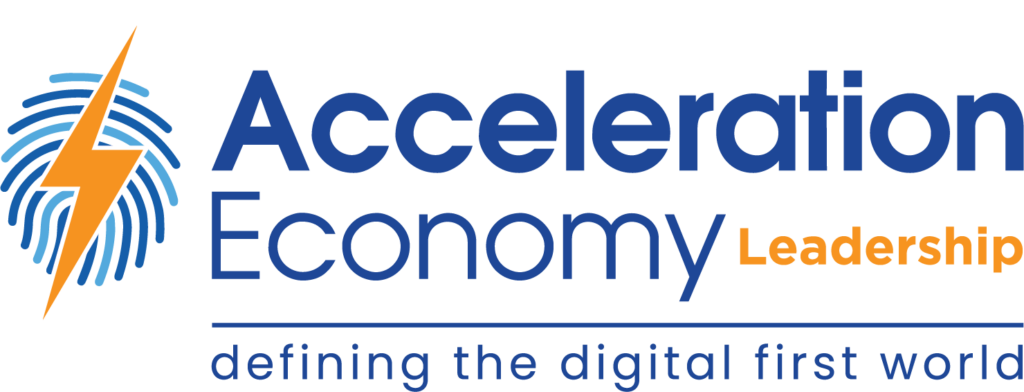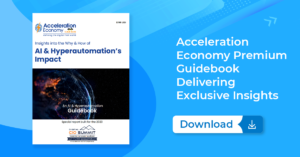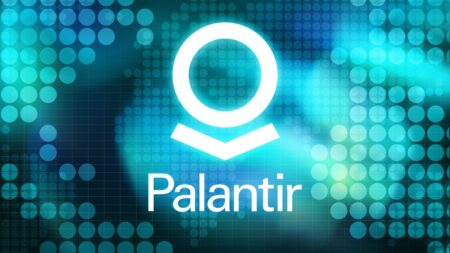My career has given me a ringside seat at every technology revolution of the last 30 years. It’s been remarkable to bear witness to so many new technologies as they were introduced; some that went on to truly change the world and others that faded into obscurity. Hey, I think I may still have my Palm Pilot in a drawer somewhere!
We are currently in the midst of a technology revolution with the recent introduction of ChatGPT and the rapid development of generative AI. The resulting impact is resonating far earlier and more significantly than any other new technology introduction that I can recall.
To hear practitioner and platform insights on how solutions such as ChatGPT will impact the future of work, customer experience, data strategy, and cybersecurity, make sure to register for your on-demand pass to Acceleration Economy’s Generative AI Digital Summit.
Where and How Work Is Already Changing
As the progeny of cutting-edge large-language models (LLMs) like OpenAI’s GPT-4, generative AI is transforming industries and the future of work in ways that we could not have fathomed just a few years ago. Here are just three areas where this is already happening:
Creative industries: The creative industries have long been considered the bastion of human ingenuity and imagination. However, generative AI is now demonstrating the capacity to be both a collaborator and a creator. AI-generated content, from copywriting and website design to video game music and visual art, is blurring the lines between human and machine-made creations.
Take, for example, the burgeoning field of AI-assisted design. Generative AI can generate thousands of design options in a matter of minutes, drastically reducing the time and effort required by human designers. This newfound efficiency, and scale, is not only allowing creative professionals to dedicate more time to refining and perfecting their work, but also enabling them to explore new realms of creative expression.
Moreover, the democratization of creative tools has created a new class of “citizen designers” — individuals with little to no formal design training who are leveraging AI-powered applications to bring their visions to life.
Decision-making and management: As the sheer volume of data available to businesses continues to grow exponentially, so, too, does the need for faster and more effective decision-making. Generative AI is emerging as a powerful tool, transforming the way businesses strategize, innovate, and adapt.
With AI-powered decision engines, organizations can quickly analyze vast amounts of information, identify patterns, and generate actionable insights — far beyond the capabilities of even the most experienced human experts. In addition, generative AI can simulate complex scenarios and predict potential outcomes, providing executives with the foresight needed to make more informed decisions and avoid costly mistakes.
Generative AI is also becoming an invaluable asset in human resources. By analyzing workforce data and organizational structures, these AI systems can recommend optimal team compositions, identify skill gaps, and even predict attrition rates. Such insights can help organizations build stronger, more resilient, and more diverse teams, ultimately driving better business results.
Skill Development and the workforce: As generative AI continues to reshape entire industries, the nature of work itself is changing, necessitating a reevaluation of the skills required for success. Many tasks that were once the exclusive domain of humans are now performed by AI, leading to fears of job displacement and a widening skills gap.
While it is true that some roles may become obsolete, it is equally important to recognize the tremendous opportunities that generative AI presents. In much the same way that the internet created entirely new categories of jobs, generative AI will give rise to new industries and roles that we have yet to conceive.
How to Approach Work’s Generative AI Future
To prepare for how generative AI will change the future of work, business leaders should consider the following strategies:
Educate yourself and your teams: Business leaders should develop a strong understanding of generative AI technologies and their potential applications. This will help them to identify opportunities to leverage the technology within their organization and to prepare their teams for new workflows and responsibilities.
Invest in AI research and development: Businesses should consider investing in AI research and development, either by developing in-house expertise or by partnering with AI-focused companies and the related partners ecosystem.
Reevaluate workflows and processes: Leaders should review their existing workflows and processes to identify areas that could be improved or automated using generative AI. This might involve reorganizing teams, automating certain tasks, or integrating AI tools into existing systems.
Upskill and reskill employees: As generative AI is likely to change the nature of certain roles, it’s crucial for business leaders to ensure their employees have the necessary skills to adapt. This might involve offering training programs or supporting employees in learning new skills.
Foster a culture of innovation and adaptation: To succeed in a world where generative AI is increasingly prevalent, businesses must be able to innovate and adapt quickly. Leaders should encourage a culture that embraces change and experimentation, empowering employees to find new ways of working with AI technologies.
Address ethical and legal concerns: Generative AI raises new ethical and legal questions; business leaders should be proactive in addressing these issues. This might involve developing policies around data privacy, security, and AI usage, as well as ensuring that AI systems are transparent and fair.
Collaborate with stakeholders: To fully realize the potential of generative AI, businesses should collaborate with stakeholders, including customers, suppliers, and regulators. This can help to identify new opportunities and address potential concerns.
Prepare for job displacement: While generative AI holds the potential to create new jobs, it may also displace some existing roles. Business leaders should be prepared to manage this transition by offering support to employees whose jobs may be affected. This includes everything from providing severance packages to job placement assistance to retraining opportunities.
Monitor progress and adjust strategies: As the AI landscape continues to evolve, business leaders should regularly assess their strategies and adjust as needed. This will help them to stay ahead of the curve and capitalize on new developments in generative AI.

Which companies are the most important vendors in AI and hyperautomation? Check out the Acceleration Economy AI/Hyperautomation Top 10 Shortlist.
Final Thoughts
Generative AI is an exciting and disruptive new technology that is still in early development. It’s clear, however, that it will continue to change work in profound ways. Business leaders cannot ignore it. Start now by educating yourself and your organizations on how to harness the power — cleverly, ethically, and responsibly — of this remarkable new technology.
Want more tech insights for the top execs? Visit the Leadership channel:











